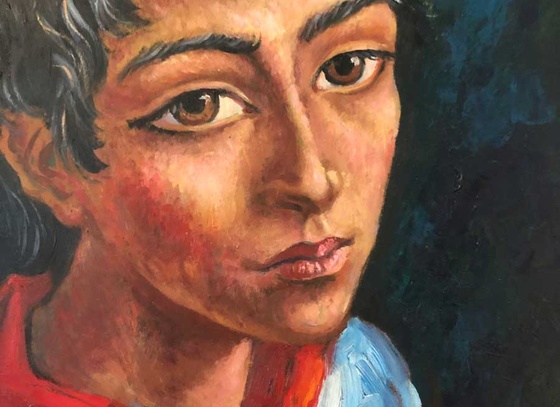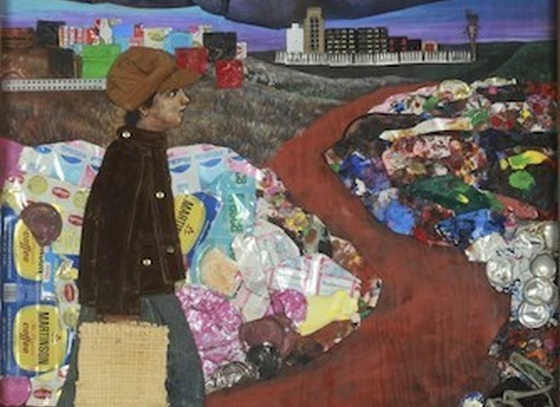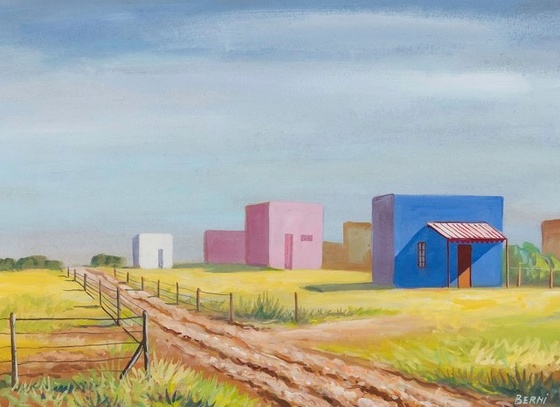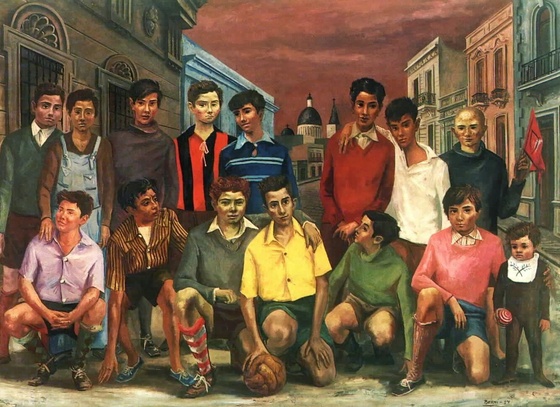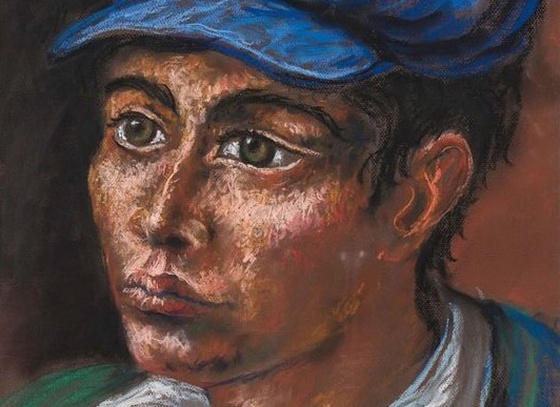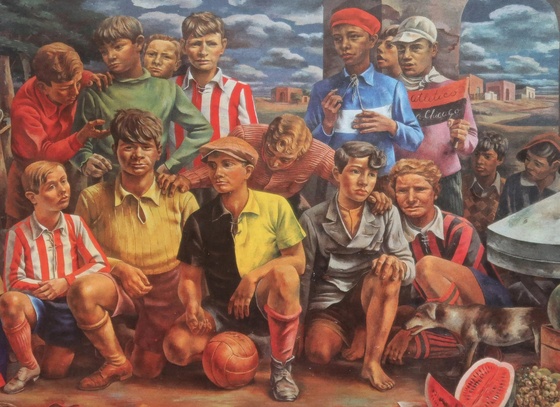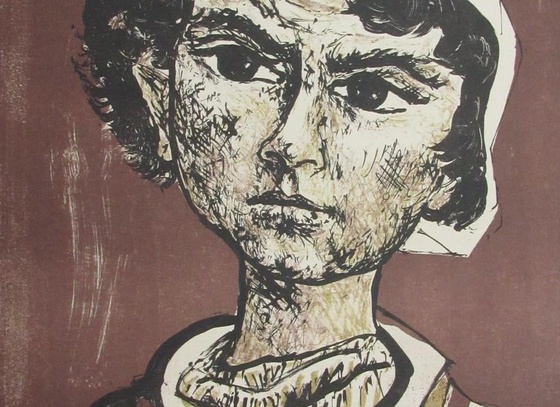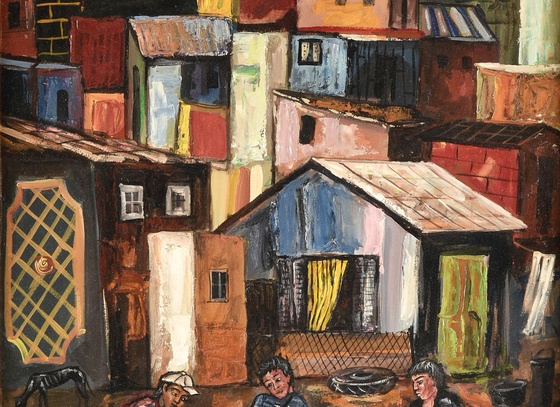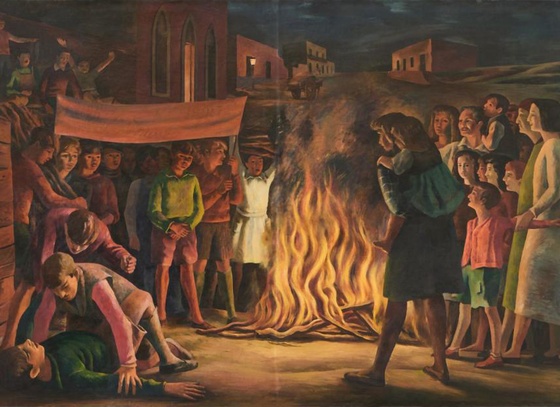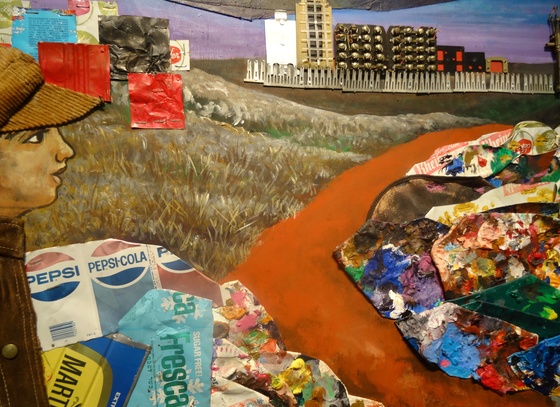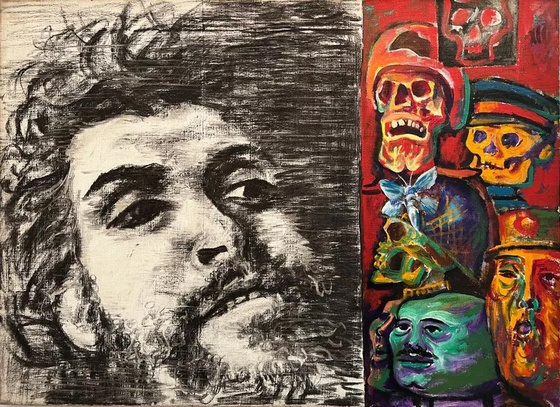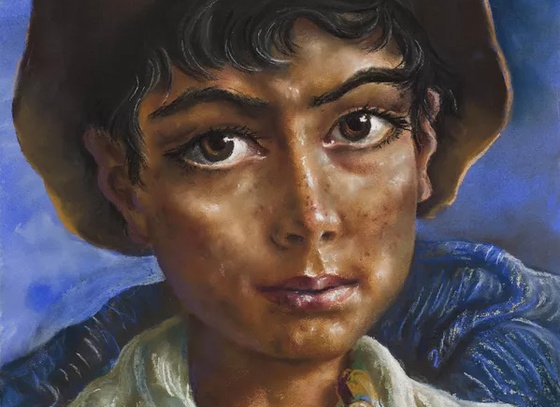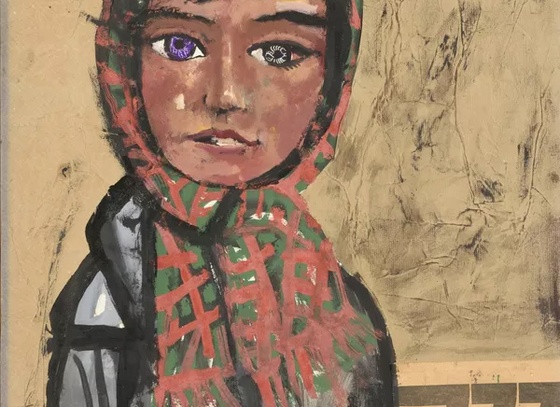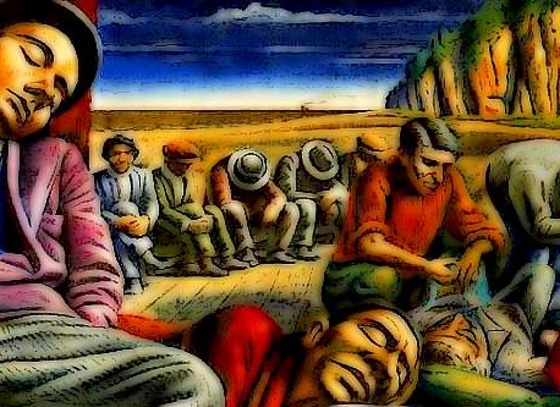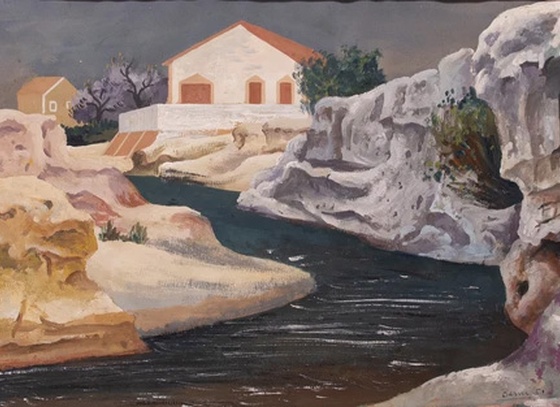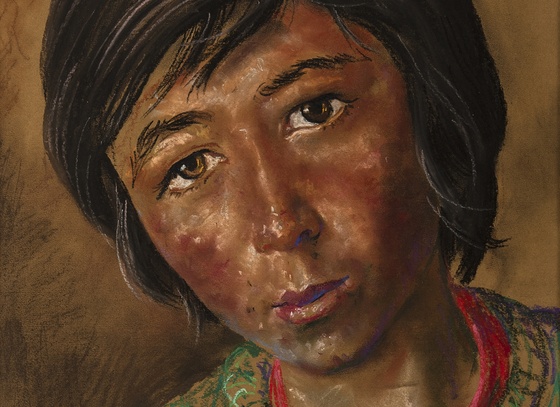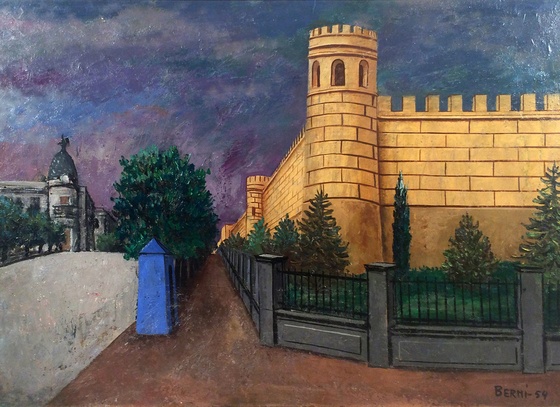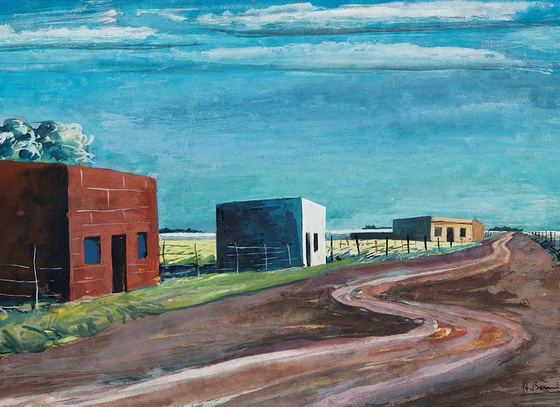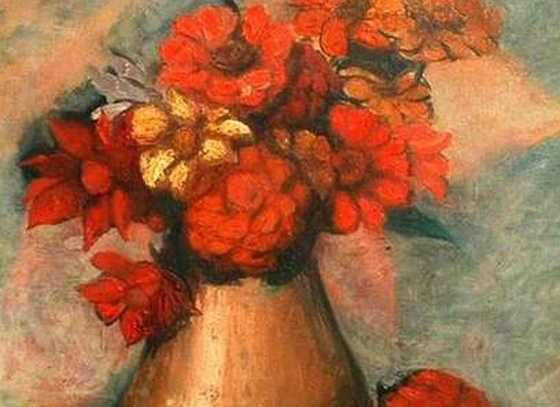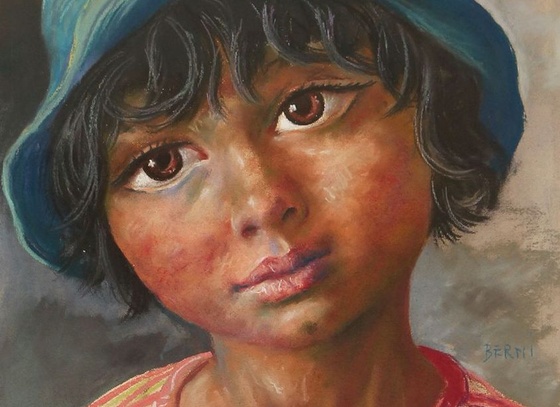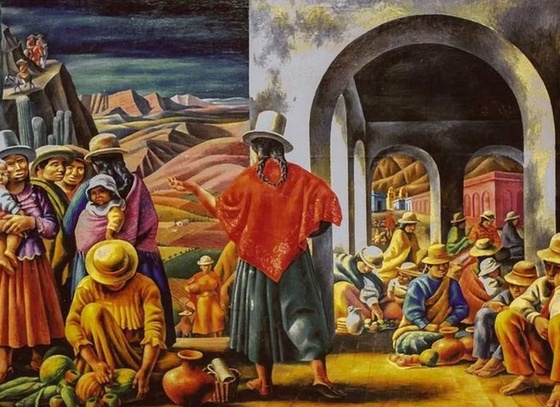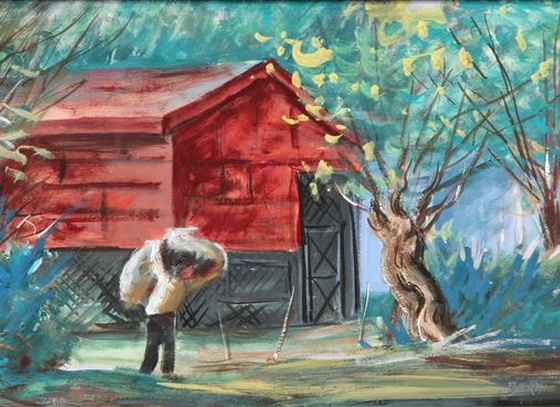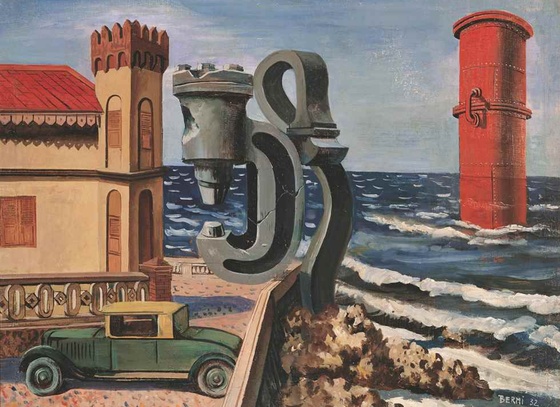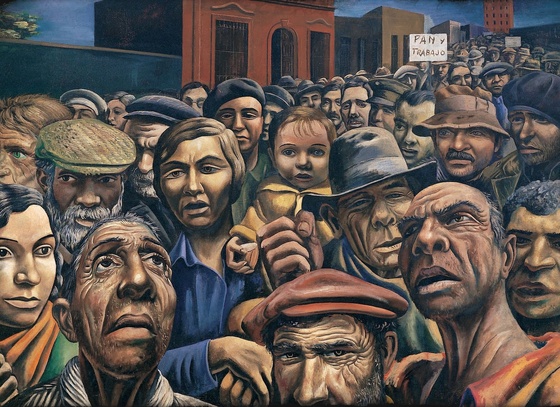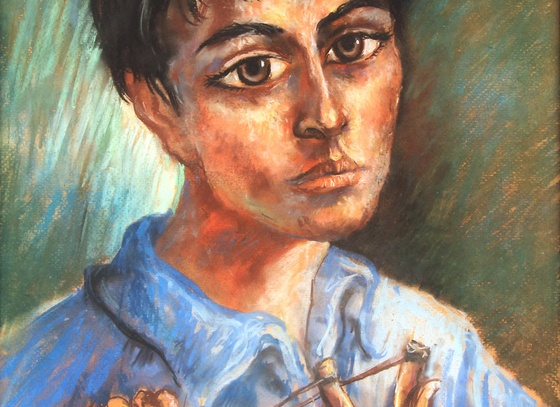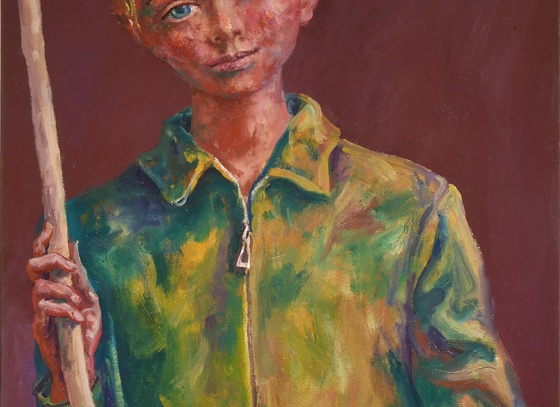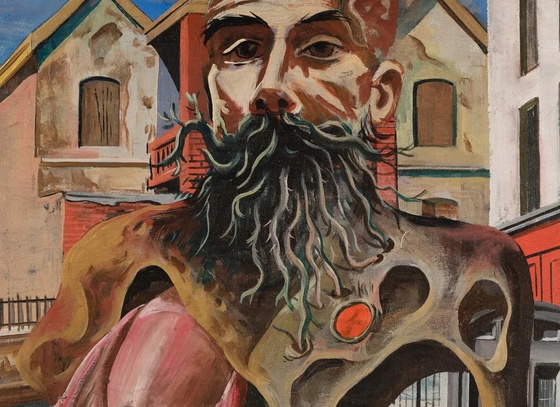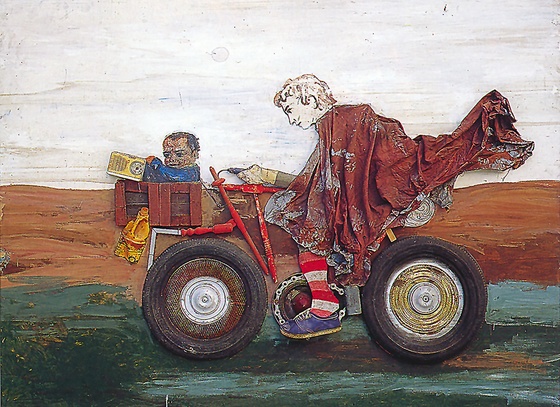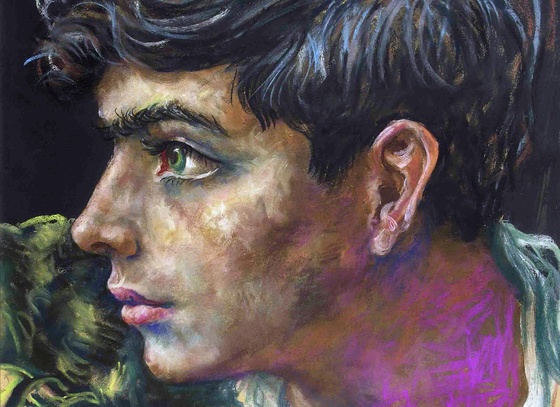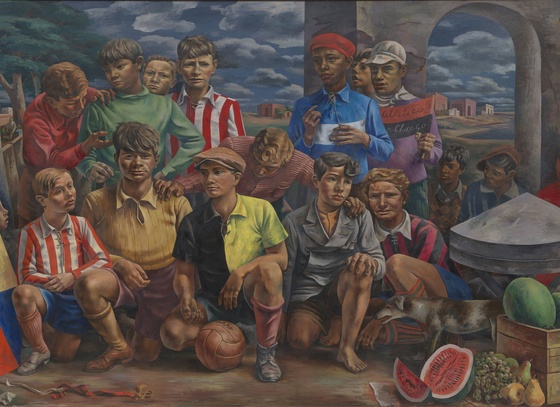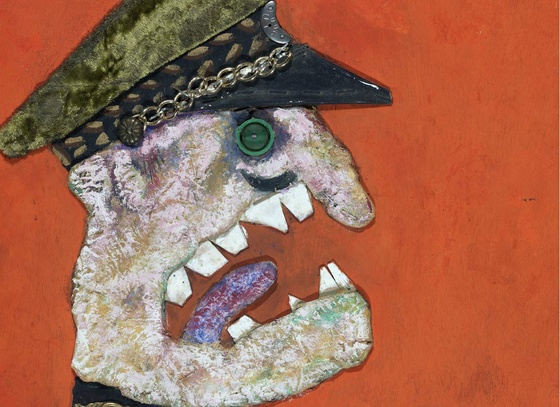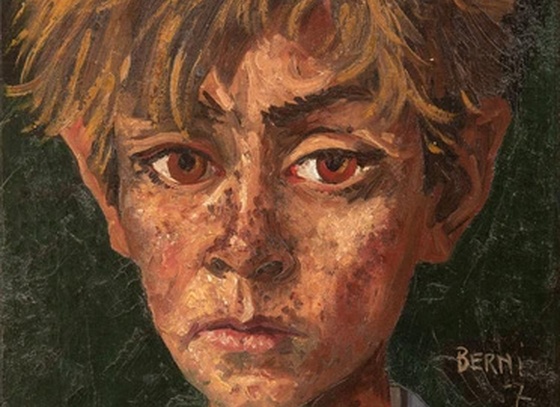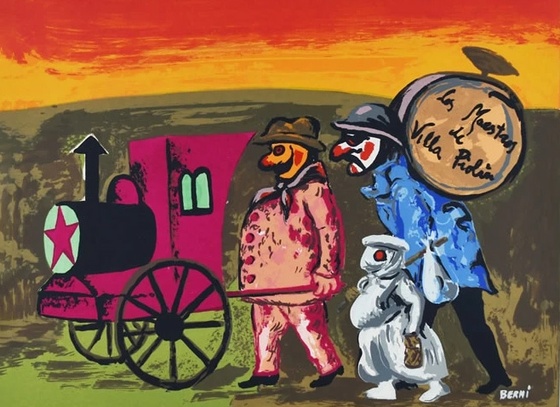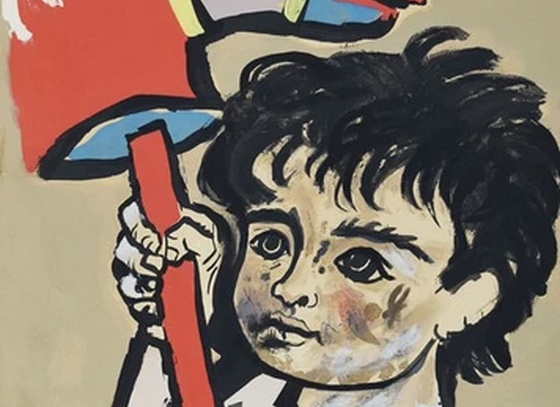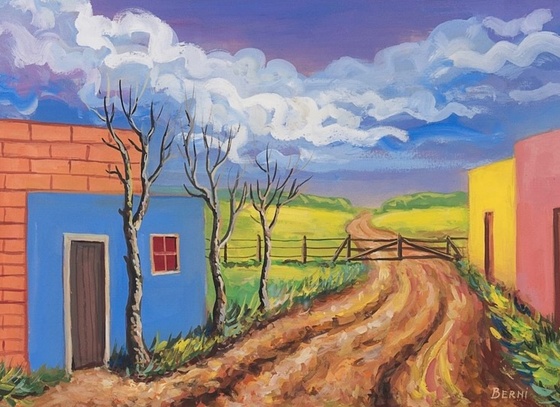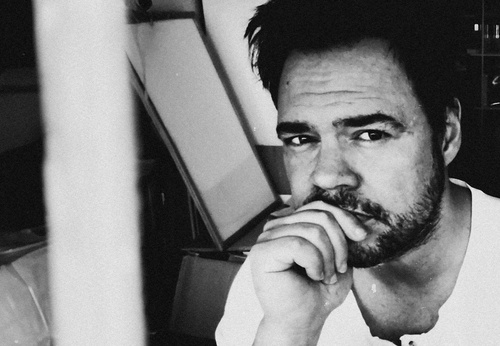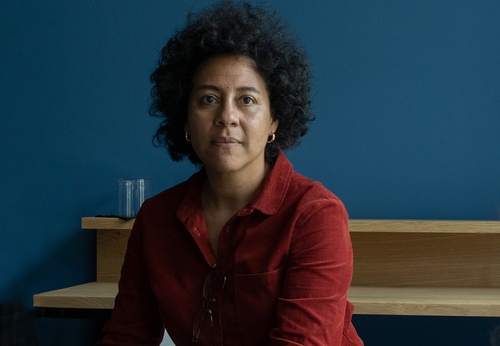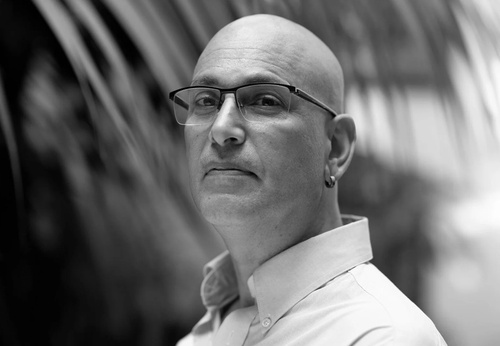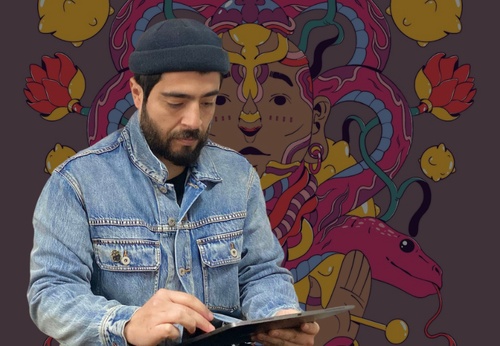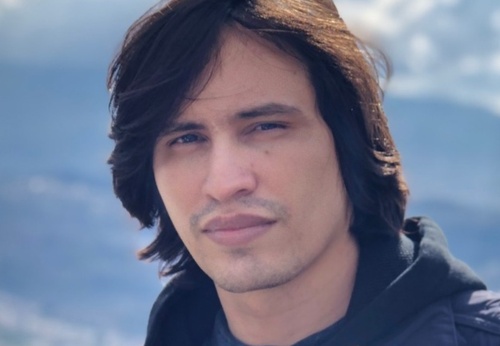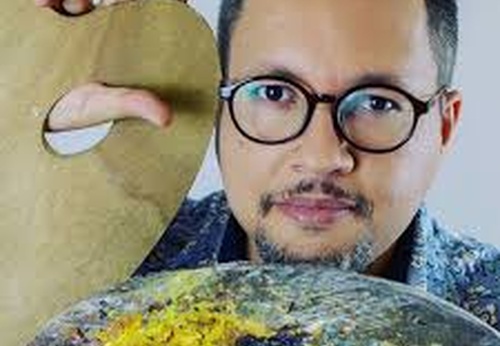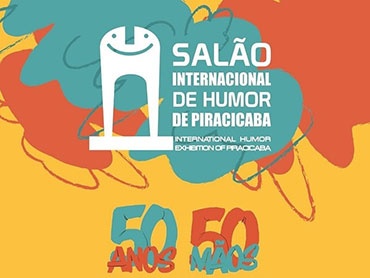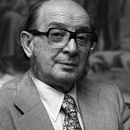
Antonio Berni
Antonio Berni (born Delesio Antonio Berni in 1905 in Rosario, Argentina; died 1981 in Buenos Aires) was a pioneering Argentine figurative artist celebrated for his socially engaged work. A child prodigy, he began exhibiting paintings as a teenager and earned a prestigious scholarship in 1925 to study in Europe. In Paris, he explored surrealism under the guidance of André Lhote and Othon Friesz, drawing inspiration from metaphysical art and revolutionary ideas. Returning to Argentina in 1930, he co-founded the Nuevo Realismo movement, using art to spotlight the struggles of the working class. His dramatic large-scale canvases and murals gave voice to collective anxieties during the social and economic crises of the 1930s. From the late 1950s onward, he developed his signature collage work, creating powerful narratives around his fictional characters Juanito Laguna and Ramona Montiel using found materials from slum neighborhoods. These “xilo-collage” works became iconic, blending painting, sculpture, and social commentary in one. He also innovated with relief printmaking, transforming traditional techniques into textured, multimedia expressions. Internationally recognized, he earned top prizes at the Venice Biennale and his work was featured in retrospectives across Latin America, Europe, and the United States. Berni’s later art took on a spiritual and contemplative tone, culminating in deeply symbolic religious paintings like Apocalypse and The Crucifixion for a chapel in the 1980s. His career was marked by a steadfast belief that art is a form of love and a fearless response to life—expressed through vivid realism, creative experimentation, and unwavering social conscience.

